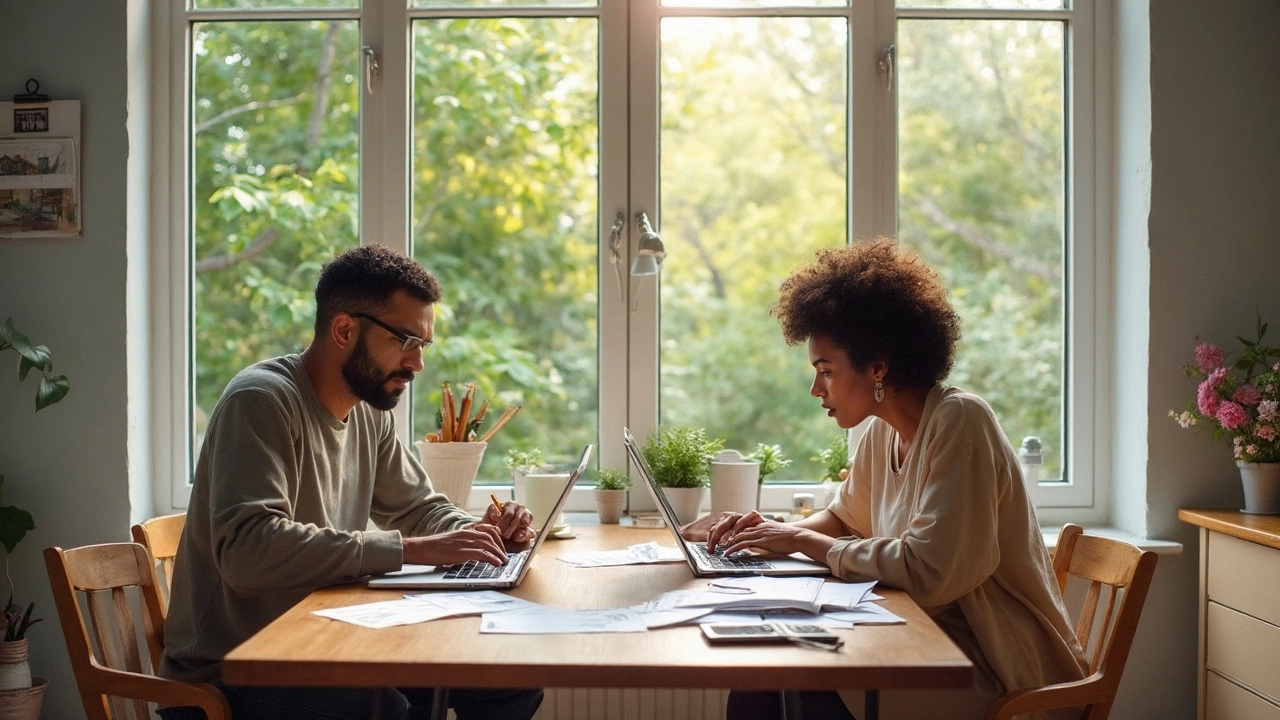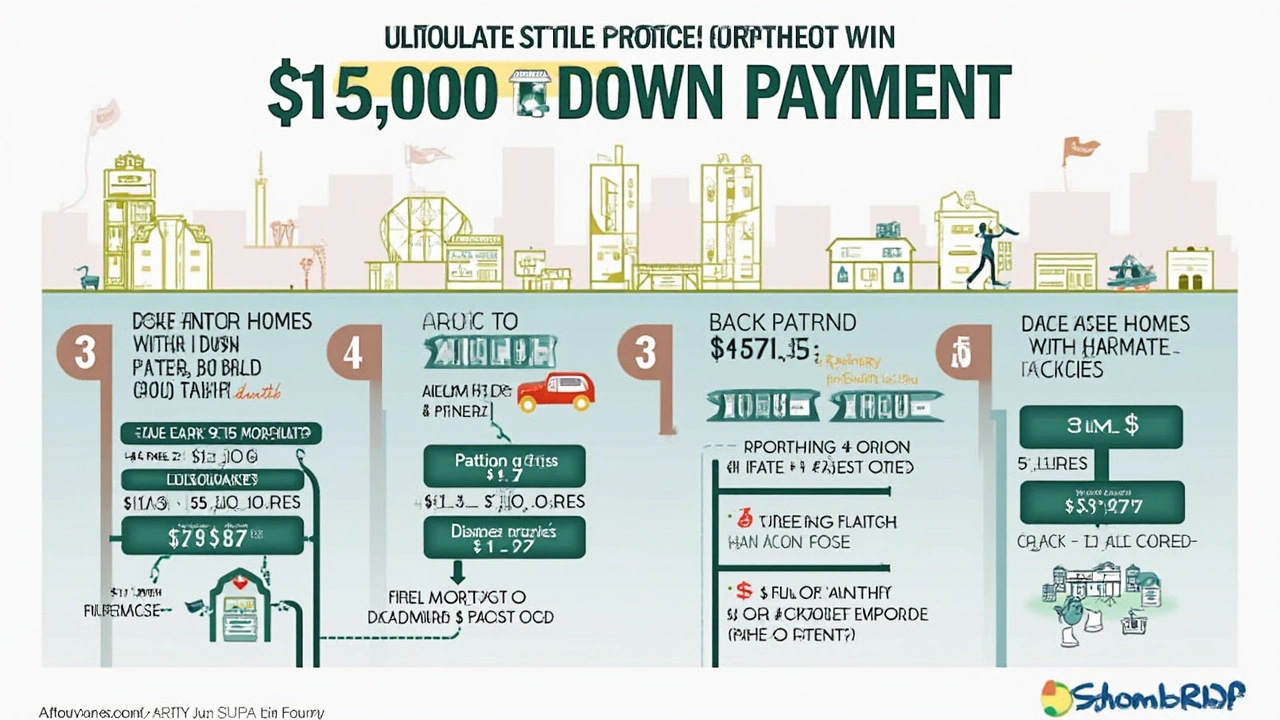Budget Planning for Home Buyers – Simple Steps to Keep Your Finances on Track
Buying a house feels exciting, but it can also throw your wallet into chaos if you don’t have a clear budget. The good news? You can set up a solid plan in just a few steps, and you’ll know exactly how much you can afford before you start looking at listings.
Set Your Down‑Payment Goal
Most lenders ask for a down payment of 5 % to 20 % of the purchase price. To keep things simple, pick a target that matches your savings speed. If you’re eyeing a £200,000 home, a 10 % goal means you need £20,000 saved. Break that number down: how much can you stash each month? If you can set aside £500, you’ll reach £20,000 in about 40 months. Use a spreadsheet or a budgeting app to track progress and celebrate each milestone.
Don’t forget help programs. In some UK areas, first‑time buyers can tap into government schemes that cover part of the deposit. Check local eligibility – a small grant could shave months off your timeline.
Create a Monthly Mortgage Budget
Once you know your down‑payment timeline, focus on what you’ll pay each month after you own the home. A common rule is the 28 % front‑end ratio: your mortgage payment, taxes, and insurance should stay under 28 % of your gross monthly income. If you earn £3,000 a month, aim for a total housing cost of no more than £840.
Calculate the mortgage payment with an online calculator. Plug in the loan amount (price minus down payment), the interest rate, and the term (usually 25 years). The result shows the principal and interest part. Add estimated council tax and home insurance – these numbers are often listed on local council sites.
Now compare the total to your 28 % rule. If it’s too high, either boost your down‑payment or look at cheaper properties. Small adjustments, like a slightly lower interest rate via a better credit score, can make a big difference.
Don’t forget other recurring costs: utilities, maintenance, and occasional repairs. Set aside 1 % of the home’s value each year for upkeep. For a £200,000 house, that’s about £2,000 annually or £166 a month.
Finally, test your budget with a “what‑if” scenario. What if interest rates rise by 0.5 %? Re‑run the calculator and see if you still fit within the 28 % limit. Planning for a bump helps you avoid surprise payment shocks later.
By breaking your budget into a clear deposit target and a realistic monthly mortgage plan, you’ll walk into viewings with confidence. You’ll know which homes are truly affordable and which ones are just wishful thinking. Keep the numbers simple, track progress weekly, and adjust as life changes. Budget planning doesn’t have to be a nightmare – it’s just a roadmap to your new front door.

How Much House Can I Afford on a 100K Salary?
Buying a home on a $100,000 salary is more accessible than it seems when you break it down logically. This article offers crucial insights into your budget planning, helping first-time buyers determine just how much house they can afford comfortably. We'll explore key calculations, potential pitfalls, and practical tips to guide informed decisions. Understanding your financial limits is the first step toward landing your dream home.

How Much House Can I Afford with $10,000 Down?
Navigating the first step into home ownership might seem intimidating, but understanding what you can afford with a $10,000 down payment is essential. This article provides practical guidance on calculating your affordability, considering mortgage types, and smart financial planning. Explore how your job and location affect your buying power and discover tips to boost your housing budget. Gain practical insights into making home ownership a reality without feeling overwhelmed.